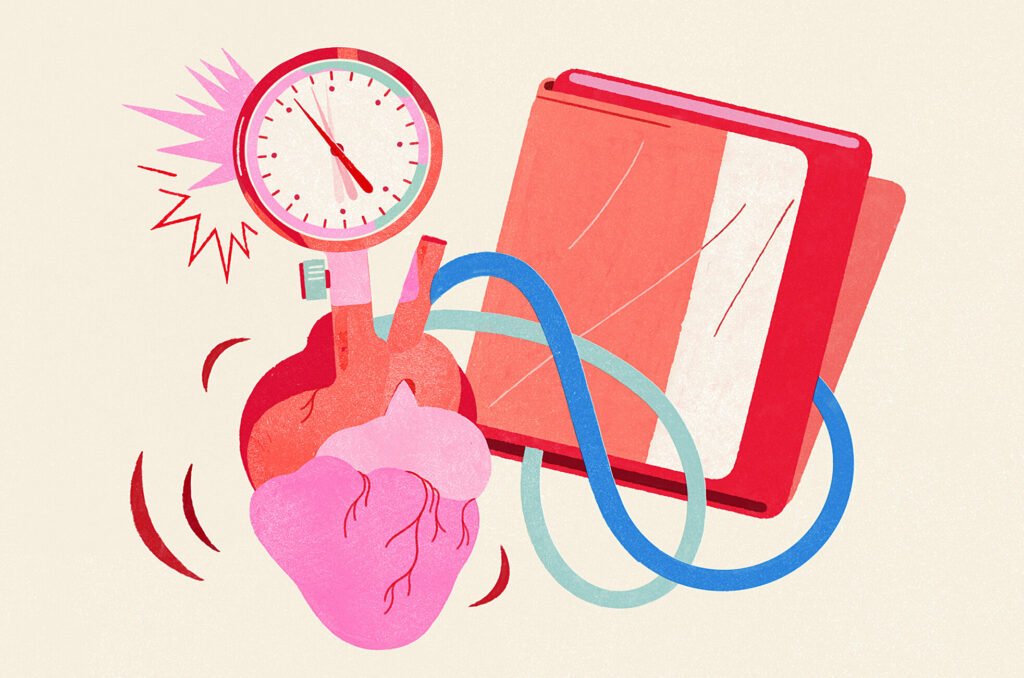Blood pressure is important to monitor because it can reveal symptoms of various diseases. For example, high blood pressure can lead to heart disease, kidney disease, and stroke. Low blood pressure may be due to dehydration or other conditions that may result in fainting or dizziness.
Contents
- 1 Blood Pressure
- 2 Average Blood Pressure
- 3 Variables Of Average Blood Pressure
- 4 How To Measure Average Blood Pressure
- 5 Common Symptoms Of High Blood Pressure
- 6 Common Symptoms Of Low Blood Pressure
- 7 Risk Factors Of Low Or High Blood Pressure
- 8 Associated Diseases With High Or Low Blood Pressure
- 9 Treatment Of Abnormal Blood Pressure
- 10 Conclusion
Blood Pressure
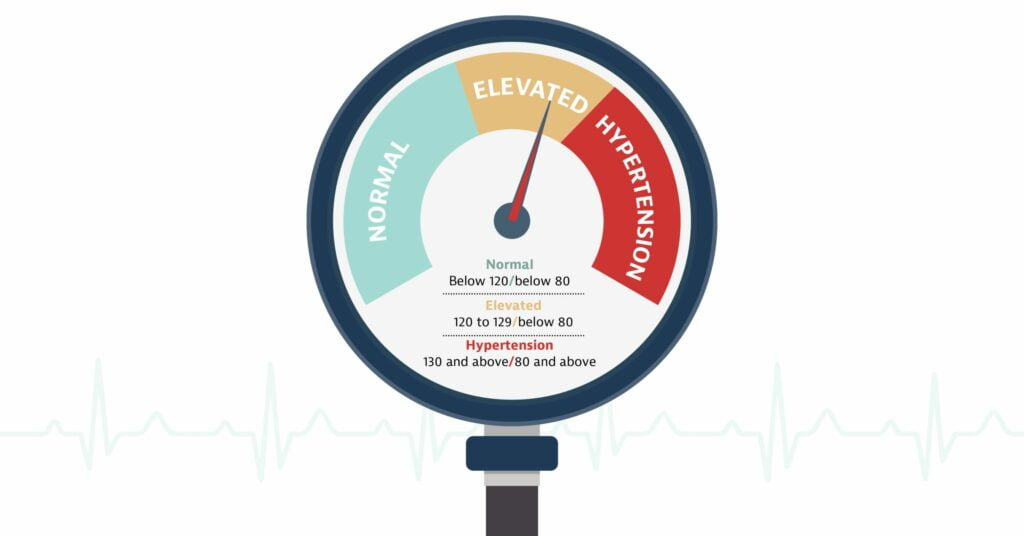
Blood pressure is the force of blood pushing against the walls of your arteries. The pressure depends on how hard your heart pumps and how wide or narrow your blood vessels are. It changes throughout each day, depending on what you’re doing.
It must be maintained within a very narrow range for optimum health and well-being. As it’s one factor that affects many other bodily functions. Your health care provider should check it regularly to determine if there are any problems with your circulation, heart, or kidneys.
Average Blood Pressure
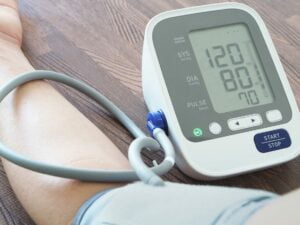
The American Heart Association (AHA) recommends that blood pressure numbers should be below 130/80 for optimum health.
To give an estimate, the average blood pressure is 120/80 mmHg (millimeters of mercury).
There are two numbers used to measure this: Systolic and Diastolic.
Systolic
The systolic number is the higher of the two. It measures how high your blood pressure gets when your heart contracts. This means that it’s a measure of “peak tension,” which then goes back down as the cardiac muscle relaxes after contraction to fill with fresh oxygenated blood from the lungs for another beat.
Diastolic
The diastolic number is the lower of the two. It measures how high your blood pressure gets when your heart rests between beats. This means that it’s a measure of “trough tension,” which then rises to peak level again before relaxing once more after another beat. The optimum range for this number is 60-80 mmHg.
Variables Of Average Blood Pressure
The average blood pressure for adults is about 120/80mm Hg (millimeters of mercury). But this can vary from person to person and may change over time, depending on a variety of factors such as:
- Your Weight,
- Exercise Habits, or
- Even What You Eat At Certain Times Of The Day
How To Measure Average Blood Pressure
Using Sphygmomanometer
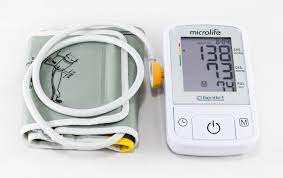
The most common way to measure the systolic and diastolic numbers is with a sphygmomanometer. This tool has an inflatable cuff that wraps around the upper arm. It can be inflated until it compresses both arteries in one’s arms.
A stethoscope will then be used to listen for the sound of one’s heartbeat while simultaneously looking at a gauge that measures pressure. This is done by listening for sounds associated with pulses in the arteries, which are created when blood flows through them.
NOTE:
- The lower number represents diastole and will be heard loudest on this phase of breathing.
- The upper number occurs during systole and will be heard loudest during the phase of breathing when one’s chest is expanding.
How To Take Readings At Home
When monitoring your blood pressure at home, make sure you measure the right arm (left arm for those who are left-handed). You should use a cuff that fits around your bicep comfortably and one that has an area under the cuff where you can put two fingers on top of each other. This will ensure consistency in measurements.
New Available Devices
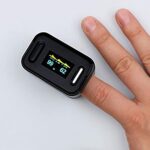
It is also possible for this measurement to be taken using an automated electronic device. It uses a sensor placed on the end of one’s finger.
This can be done either at home or in medical facilities.
It works by sending information about blood pressure readings wirelessly through radio signals to computers and mobile devices that store data.
When To Measure Blood Pressure
People who take their blood pressure measurements at home should do so in the morning. And after sitting for five minutes. This is because one’s blood pressure tends to be lowest when waking up.
If Systolic Number Above 120
If your systolic number is above 120 or the diastolic is above 80 it’s considered to be high blood pressure. When one has a systolic reading of more than 140 and an average diastolic reading of more than 90, it means that the patient is suffering from hypertension.
If Systolic Number Less than 120
If your systolic blood pressure is below 100, it is considered very low. It requires immediate medical attention when you are feeling symptoms such as lightheadedness or fainting.
If no other cause can be determined for these symptoms then it may indicate that you are at risk of developing heart disease or other problems with your cardiovascular system. In any case, you should get checked by a doctor.
Common Symptoms Of High Blood Pressure
One main symptom of hypertension is a headache. It can be caused by an increase in blood flow and swelling around the brain. Other signs include:
- Dizziness
- Fatigue
- Constant Thirst
- Confusion
Some patients may also suffer from vision problems or nosebleeds caused by an increased blood volume.
Common Symptoms Of Low Blood Pressure
One main symptom of hypotension is a feeling of dizziness or lightheadedness. Especially when going from sitting to standing. Other signs include:
- Fainting Spells
- Weakness
- Nausea
Headaches may also appear for patients with extremely low blood pressure. These can be caused by the brain not receiving enough blood flow.
Low blood pressure may also cause people to feel generally fatigued as if they are constantly drained of energy. This is because the heart does not have to work at pumping enough oxygenated blood around the body. This makes them lack their normal levels of stamina and strength (Gibson 2013).
Risk Factors Of Low Or High Blood Pressure
The risk of low blood pressure is increased when you are sleeping or sitting for long periods. The risk of high blood pressure is increased with:
- Obesity
- Physical Inactivity (lack of exercise)
Other factors—like stress, smoking, and excess alcohol consumption—can also increase your chances of developing elevated blood pressure.
Associated Diseases With High Or Low Blood Pressure

A person with high blood pressure may suffer from different diseases. But some of the most common are heart attacks and strokes.
If you have low blood pressure, your body does not get enough oxygen to function properly. Some symptoms of this condition include dizziness or fainting while standing up quickly.
NOTE: If you suspect that your blood pressure is higher than it should be then do not ignore the symptoms. This can lead to more serious health problems later on which could have been prevented if action was taken earlier.
Treatment Of Abnormal Blood Pressure
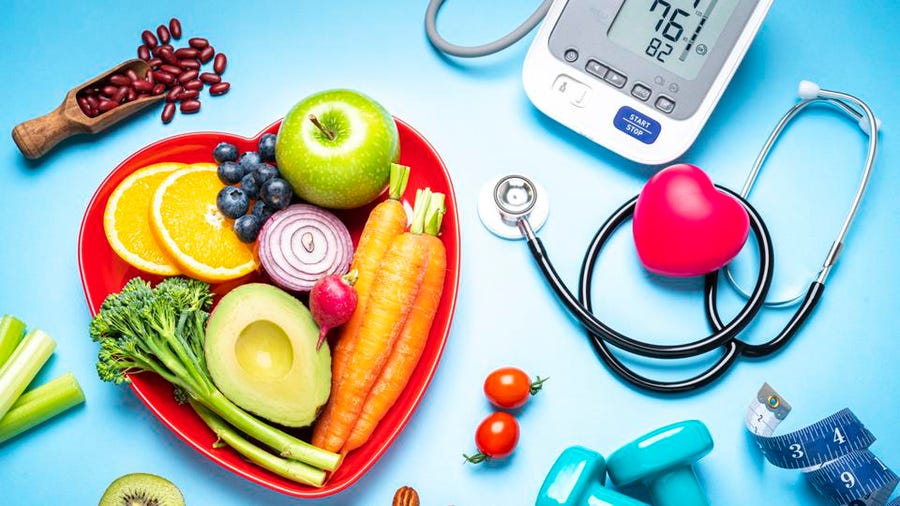
If you do suspect that your blood pressure levels could be abnormal (high or low) then there are certain things that you can do to try and bring it down. This includes:
Medications
- Using medications such as beta-blockers to reduce the heart rate
- Vasodilation medication that helps with reducing blood vessel contraction
Surgery
Other less common treatments include surgical procedures like stenting or coronary artery bypass surgery (CABG) which involve placing a new artery between the heart and where it is being blocked.
Diet
You should keep your salt intake low. This is because excess salt leads the body to hold on to water which will increase blood pressure levels.
Healthy Weight
Another way in which you can help reduce high blood pressure is by losing weight, as obesity puts more strain on the heart due to having an increased workload. Of course, losing weight is easier said than done!
Regular Check-Ups
The best way to have a healthy blood pressure level is by making sure you get regular check-ups from your doctor so they can monitor it.
By having this knowledge about their health, people are less likely to ignore any symptoms and will be able to take prompt action to bring down their blood pressure levels.
Natural Ways

There are ways to lower it naturally, including reducing stress levels by:
- Practicing meditation or yoga,
- Eating better with less processed food and more plant-based foods,
- Getting enough sleep each night – ideally 8 hours –
- Drinking plenty of water throughout the day but especially before meals
- Cutting out alcohol consumption (or at least limiting)
Conclusion
A normal blood pressure level is less than 120/80 mmHg. Your blood pressure is a marker for your physical health. It’s also an indicator of the impact that stress and anxiety can have on you, which in turn may affect your overall health.
If you are looking for an affordable hypertension treatment MantraCare can help- Book a trial hypertension care session
